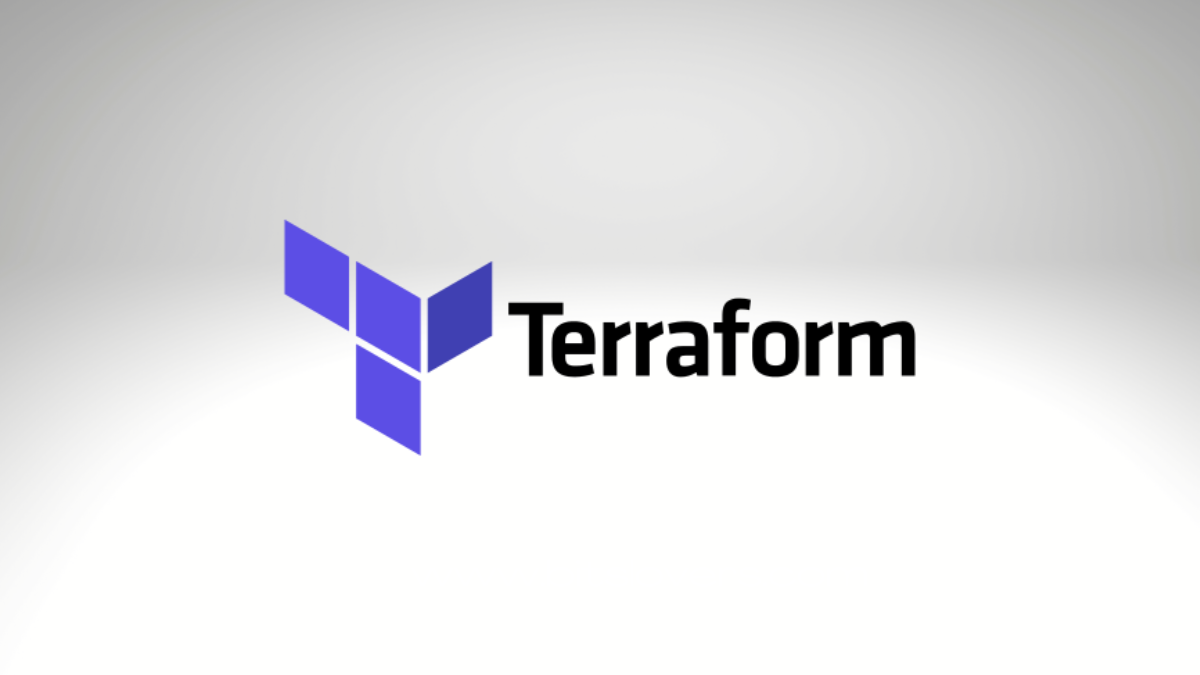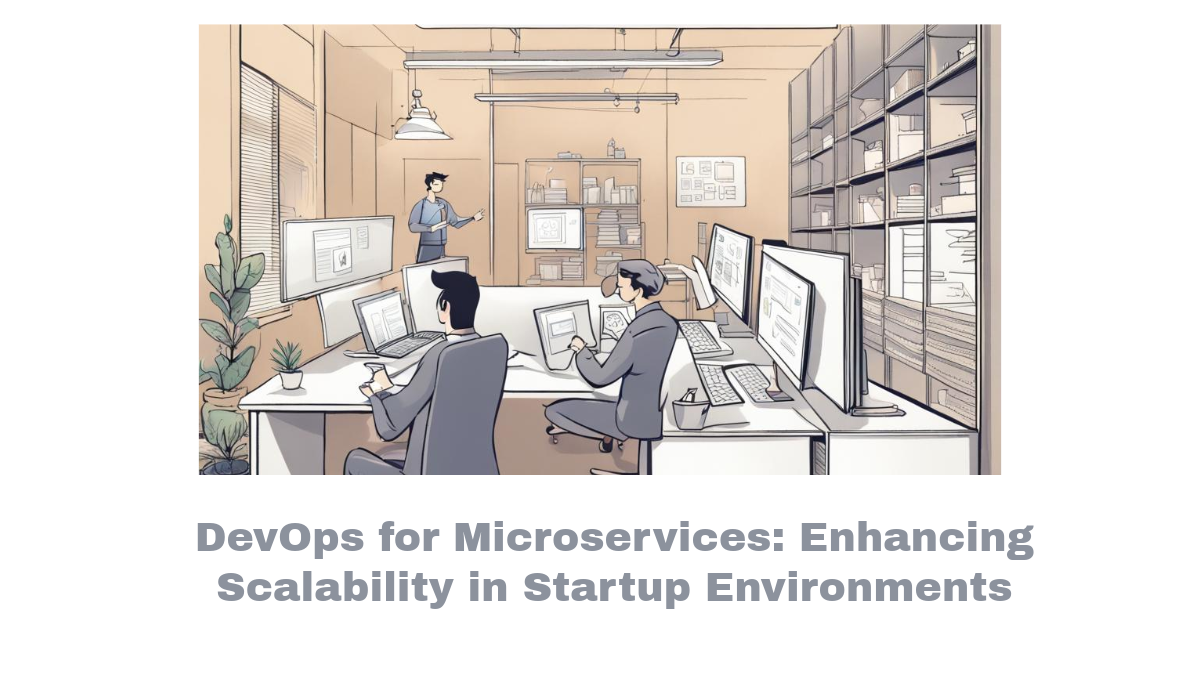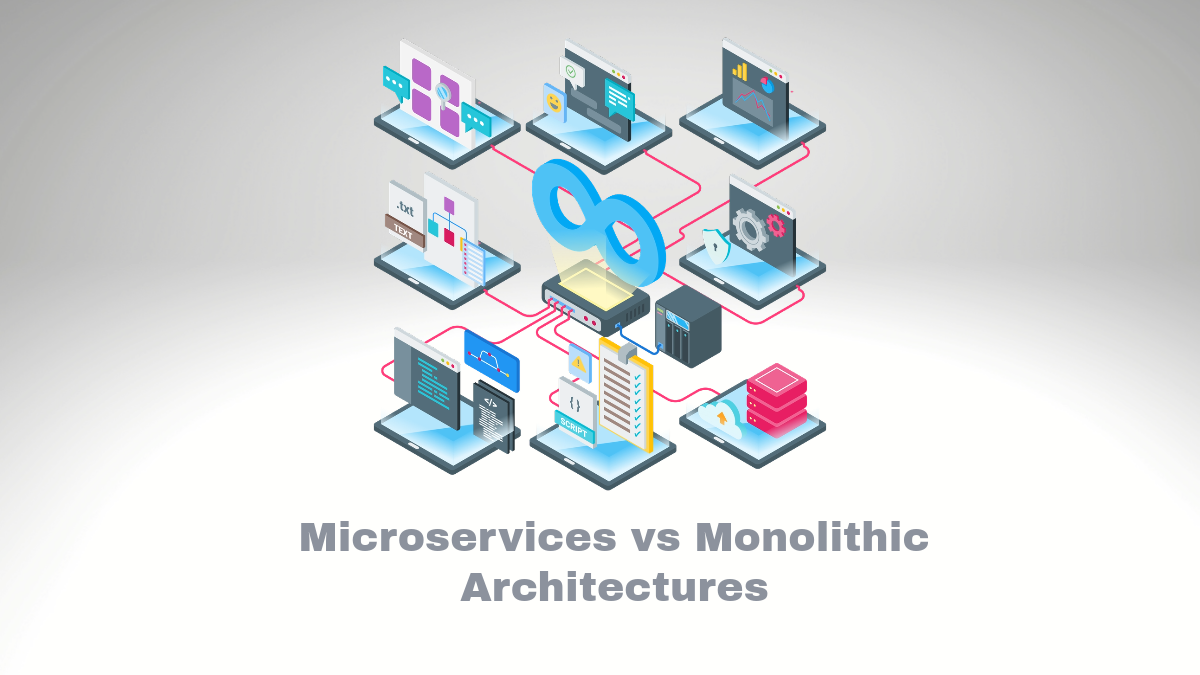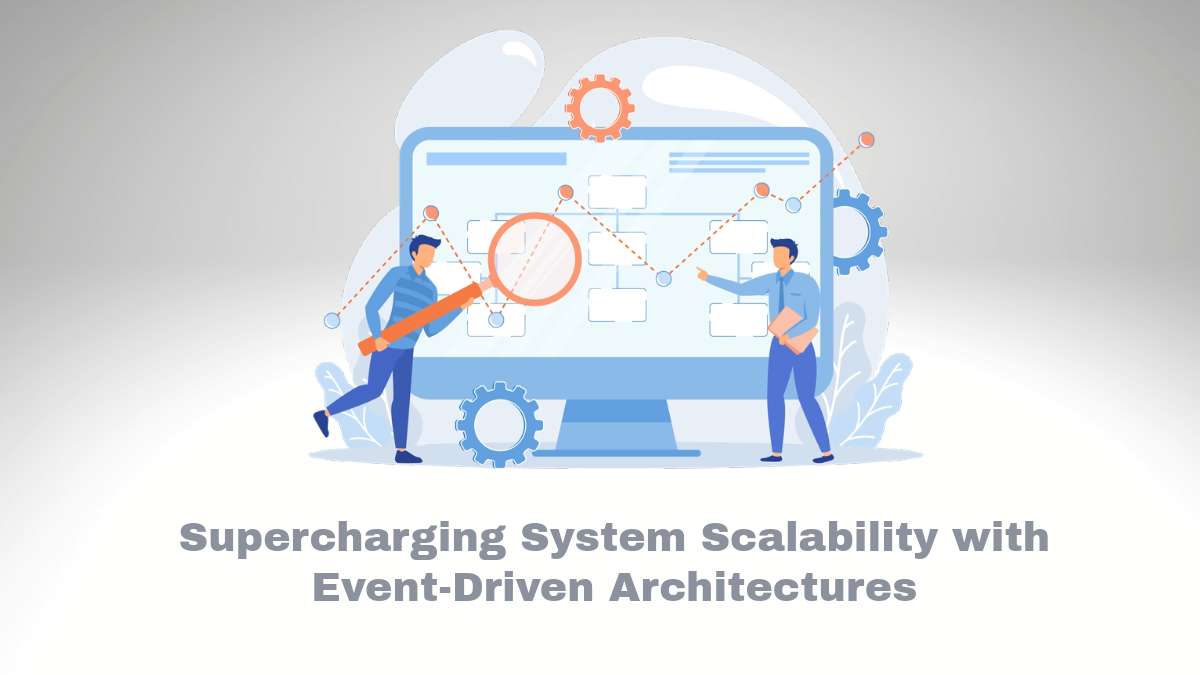Why Terraform is an essential tool for DevOps Engineers

As a devops engineer, I know how tricky it can be to manage infrastructure. You must keep track of dozens of different components and ensure everything is running smoothly. It’s enough to make you pull your hair out!
That’s why I’m such a big fan of Terraform- it makes life so much easier for us devops engineers. With Terraform, you can quickly provision and manage any type of infrastructure in minutes. Seriously- once I started using Terraform, my job became infinitely easier!
With Terraform, all the hard work is done for you automatically. All you need to do is define the desired state that you want your infrastructure to be in and then let Terraform take care of the rest. It will automatically create or delete resources as needed so that everything remains up-to-date with minimal effort on your part. Plus, it supports popular cloud providers like Amazon Web Services (AWS), Microsoft Azure, Google Cloud Platform (GCP), and more!
If that wasn’t enough reason already, learning Terraform also helps boost your career prospects significantly too! After all, having experience with this powerful tool looks great on resumes and puts prospective employers at ease, knowing they have someone who knows their way around managing complex infrastructures quickly and efficiently without breaking anything along the way!
So if you’re looking for an easy yet powerful tool to help manage complex infrastructures simpler than ever, look no further than learning about Terraform today! Trust me – once you get used to using it regularly, there’ll be no turning back because it really does make life infinitely more manageable for us devops engineers out there tackling gargantuan tasks every day without breaking a sweat!
Terraform is a powerful tool that can help you automate your infrastructure
Terraform is a fantastic tool that allows you to streamline and automate almost any infrastructure you can think of! With Terraform, you can create robust configurations and deploy them incredibly efficiently. Once your configuration has been set up and deployed, Terraform allows you to keep track of the changes in real-time. Every update or addition to your infrastructure will be seamlessly tracked, letting you rest easy knowing that your configuration is secure and ready for any future changes. With such a powerful tool at our disposal, completely automating complex infrastructures is no longer impossible!
Terraform is easy to learn and use, and it can save you time and money
If you’re looking to make deployments and provisioning resources more straightforward, faster, and more efficient, then Terraform is the way to go! It’s relatively easy to learn and use, making it perfect for anyone who wants to streamline the process of working with assets in their cloud environments. The time saved by automation can be tremendous – not to mention the amount of money you’ll save too! Embrace this technology, and you’ll be glad you did; Terraform can become your trusty sidekick in no time.
Terraform is an open-source project, so you can contribute to its development
Exciting news for developers and software engineers: you can add your own spin to open-source projects! Terraform is an excellent example; never before has there been an opportunity for outside contributors to incorporate their work into such a prolific project. Contributing to the development of Terraform gives you a unique chance to make your mark on an industry-leading open-source effort and directly touch millions of users worldwide. Watching so many people use your contribution is a fantastic feeling! So if you have skills in coding or developing infrastructure-as-code, join the Terraform community today and help shape the future of game-changing open-source projects.
With Terraform, you can manage multiple infrastructure providers from one place
Terraform is a powerful tool for everyone, from experienced enterprise operators to beginner cloud users. It helps users create, change, and manage their infrastructure from one place, allowing them to work with multiple providers simultaneously! With Terraform, you can keep your setups in one place and ensure everything is running smoothly without having to switch between dashboards. This streamlines the management process and makes it far easier to track usage and performance. It’s an incredibly exciting tool that saves time and resources – what’s not to like?
Terraform is perfect for people who want to provision and manage their infrastructure as code
Terraform is the perfect solution for those who want to take their infrastructure into the new era of “infrastructure as code”. With Terraform, you can quickly and easily provision your IT resources in a standardized way and even integrate them with existing team workflows. It’s like having an entire DevOps team on your side, setting up the kind of environment that your business needs – one automated command at a time. With Terraform, you’ll be able to bring predictability to your infrastructure and operations while maintaining total control over your data and security. The possibilities are virtually endless!
What are its key features?
Terraform is a powerful tool for the automation of your infrastructure. It offers several key features to make it easier for you to manage and maintain your infrastructure. These include Infrastructure as Code (IaC) which allows you to codify your infrastructure in configuration files, version control, support for multiple cloud providers, resource graph visualizations that help track your infrastructure’s state, and automation for repeatable tasks. Additionally, Terraform integrates with other DevOps tools like Jenkins and Ansible to streamline the process of managing your infrastructure. With Terraform, you can easily automate all aspects of your cloud infrastructure, from provisioning to management and optimization.
What are its benefits?
The use of Terraform provides multiple benefits when it comes to automating your infrastructure. Firstly, it reduces the amount of manual effort needed for managing your environment, as many tasks can be automated with just a few lines of code in an IaC configuration file. Secondly, it helps maintain consistency in your environment by ensuring that all resources remain in a known state across multiple environments, such as development, staging, and production. Thirdly, it helps you save time and money by reducing the manual effort needed to manage and maintain your infrastructure. Finally, with its integration capabilities with other DevOps tools like Jenkins and Ansible, Terraform makes it easier to automate complex tasks such as continuous deployment across multiple cloud providers.
How can it help me?
Using Terraform can help you improve the efficiency of your organization’s cloud infrastructure management and maintenance processes. By writing IaC configurations in Terraform and automating repeatable processes with scripts, you can easily manage all aspects of your cloud infrastructure, from provisioning to monitoring and optimization. Additionally, Terraform’s integration capabilities with other DevOps tools make it easy to automate complex processes such as continuous deployment across multiple cloud providers. Terraform can save time and money while ensuring that your environment remains consistent and up-to-date with the latest changes. Ultimately, Terraform can help organizations achieve better scalability, reliability, and efficiency when managing their cloud infrastructure.
By utilizing Terraform’s powerful automation capabilities, organizations can experience improved productivity and cost savings while keeping their environments up-to-date with the latest changes. This makes it one of the most essential tools for organizations looking to optimize their cloud infrastructure management processes. With its IaC support and integration capabilities with other DevOps tools, Terraform is a must-have tool for any organization looking to save time and money while ensuring their cloud infrastructure is consistent, secure, and reliable.
What are its key features?
Terraform is a powerful tool for the automation of your infrastructure. It offers several key features to make it easier for you to manage and maintain your infrastructure. These include Infrastructure as Code (IaC) which allows you to codify your infrastructure in configuration files, version control, support for multiple cloud providers, resource graph visualizations that help track your infrastructure’s state, and automation for repeatable tasks. Additionally, Terraform integrates with other DevOps tools like Jenkins and Ansible to streamline the process of managing your infrastructure.
How to install Terraform
Installing Terraform is easy and straightforward. The official Terraform website provides detailed instructions for installing it on the platform of your choice, including Windows, macOS, and Linux. After downloading the appropriate version for your platform, you can install it with a few simple commands in the command line. Once installed, you can start using Terraform and automating your infrastructure!
Steps to install on Ubuntu:
1. Download the Terraform package for Ubuntu:
$ wget https://releases.hashicorp.com/terraform/X.X.X/terraform_X.X.X_linux_amd64.zip
2. Unzip the Terraform package:
$ unzip terraform_X.X.X_linux_amd64.zip
3. Copy the Terraform binary to the /usr/local/bin folder:
$ sudo mv terraform /usr/local/bin/
4. Verify that Terraform is installed correctly:
$ terraform --version
You should now be able to use Terraform commands in the command line. Now that you have Terraform installed and configured, you can start building and automating your infrastructure with it.
Steps to install on Windows:
1. Download the Terraform package for Windows:
$ wget https://releases.hashicorp.com/terraform/X.X.X/terraform_X.X.X_windows_amd64.zip
2. Unzip the Terraform package:
$ unzip terraform_X.X.X_windows_amd64.zip
3. Copy the Terraform executable to a folder in your system PATH:
$ copy terraform %SYSTEMROOT%\System32\WindowsPowerShell\v1.0\
4. Verify that Terraform is installed correctly:
$ terraform --version
How to create your first Terraform configuration file
The first step to using Terraform is to create your configuration file. This file will define the infrastructure you want to deploy and how it should be configured. To start, open a text editor of your choice and save an empty file with the extension “.tf”.
Next, you can begin adding elements to this configuration file. For example, to define a virtual machine in Azure, you would use the following syntax:
resource "azurerm_virtual_machine" "example_vm" {
name = "example-vm"
location = "${azurerm_resource_group.example.location}"
resource_group_name = "${azurerm_resource_group.example.name}"
vm_size = "Standard_B1s"
storage_image_reference {
publisher = "Canonical"
offer = "UbuntuServer"
sku = "16.04-LTS"
version = "latest"
}
storage_os_disk {
name = "myosdisk1"
caching = "ReadWrite"
create_option = "FromImage"
managed_disk_type = "Standard_LRS"
}
}
The code above will create a virtual machine with the specified name, location, and size. You can also add more elements to your configuration file, such as storage accounts, network interfaces, databases, etc. Once you are finished defining all the desired infrastructure in your configuration file, save it and run Terraform commands to deploy it.
How to use Terraform modules to build out complex infrastructures quickly
Terraform modules are incredibly powerful tools that allow you to quickly and easily build complex infrastructures. Modules simplify the process of defining resources, allowing you to reuse code and share infrastructure code across teams. You can use Terraform modules to define reusable components such as VPCs, subnets, security groups, databases, and more. These components can then be used to quickly build out more complex infrastructures such as web applications, databases, load balancers, and Kubernetes clusters. With Terraform modules, you can quickly replicate an entire infrastructure in multiple regions or accounts with minimal effort. This makes it easy to keep your codebase DRY and maintain consistency in your infrastructure. Modules can also help you keep track of changes and create an audit trail of your work, making it easier to troubleshoot any issues that arise.
By leveraging Terraform modules, you can drastically reduce the time it takes to build and manage infrastructure, allowing you to focus on more critical tasks.
Tips for writing efficient, reliable Terraform code
When writing Terraform code, there are a few tips and tricks you can keep in mind to ensure your code is efficient and reliable. Here are five:
1. Test Early and Often – As with any coding project, it’s essential to test your Terraform code early and often. This will allow you to catch any errors or typos before they become significant issues.
2. Use Variables – Configuring resources using variables instead of hard-coding values is a great way to keep your Terraform code modular and clean. This will make it easier to maintain moving forward.
3. Formatting Matters – Keeping your Terraform code properly formatted will make it easier to read and understand down the road. Using spaces, indentations, comments, and line breaks can help make this task easier.
4. Leverage Modules – When you need to repeat a certain configuration in multiple places, consider using modules instead of copy-pasting the same code over and over again. This will keep your Terraform code DRY (Don’t Repeat Yourself).
5. Version Control – Finally, always version control your Terraform code. This will ensure you can easily track changes and roll back if necessary. Popular version control systems like Git are great for this task.
Using these tips and tricks, you can ensure your Terraform code is efficient, reliable, and easy to maintain. With the right approach, Terraform can be an invaluable tool for automating your infrastructure.
Note: This content is provided as background information only. It should not be copied verbatim. Any resemblance to existing content or sources is purely coincidental. Additionally, this content does not constitute legal or financial advice. Please seek a licensed professional for any legal or financial needs you may have.
Conclusion
Terraform is a powerful tool that can help you automate your infrastructure. Terraform is easy to learn and use and saves time and money. Terraform is an open-source project so you can contribute to its development. With Terraform, you manage multiple infrastructure providers from one place. Terraform is perfect for people who want to provision and manage their infrastructure as code. What are you waiting for? Get started with Terraform today!




Comments